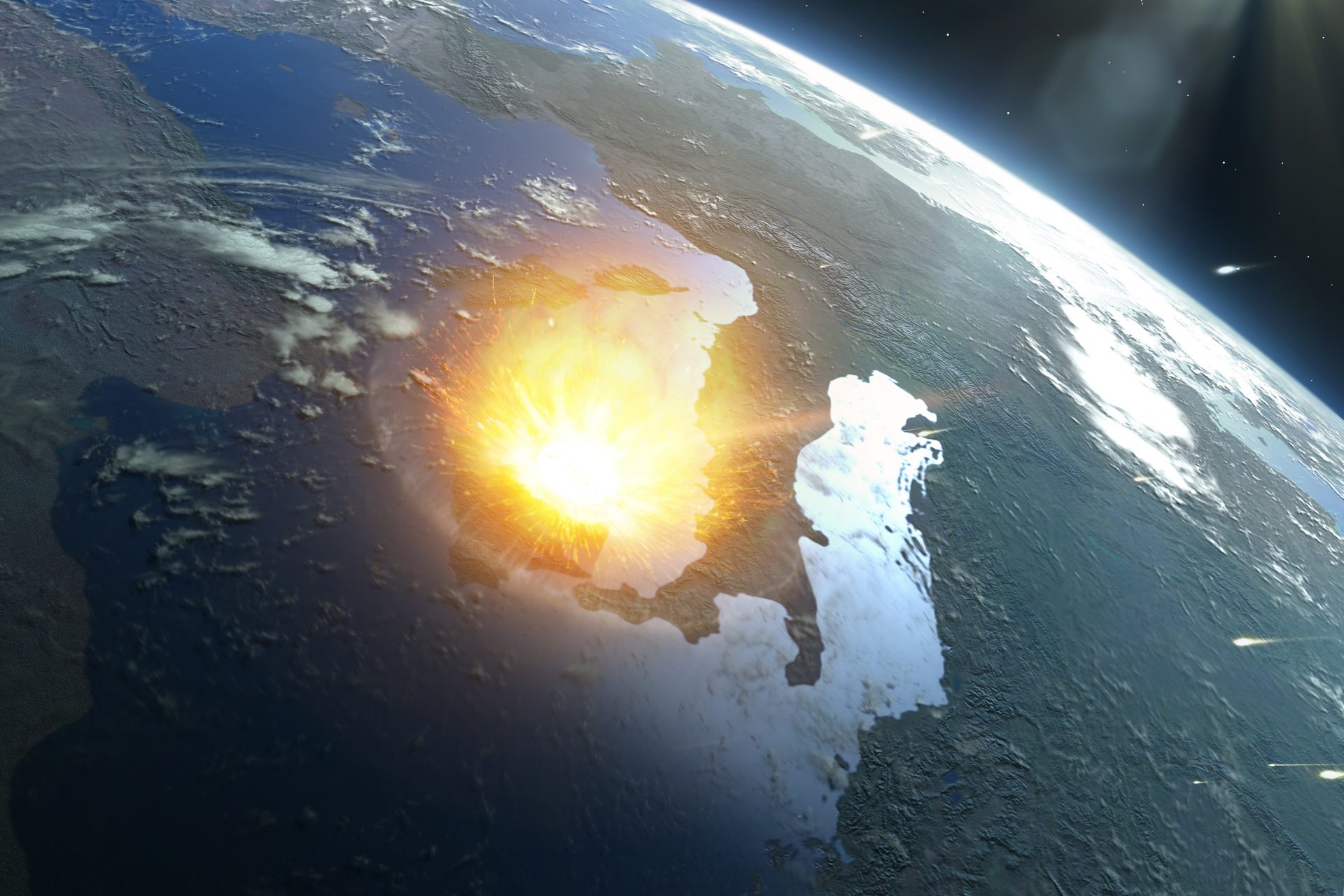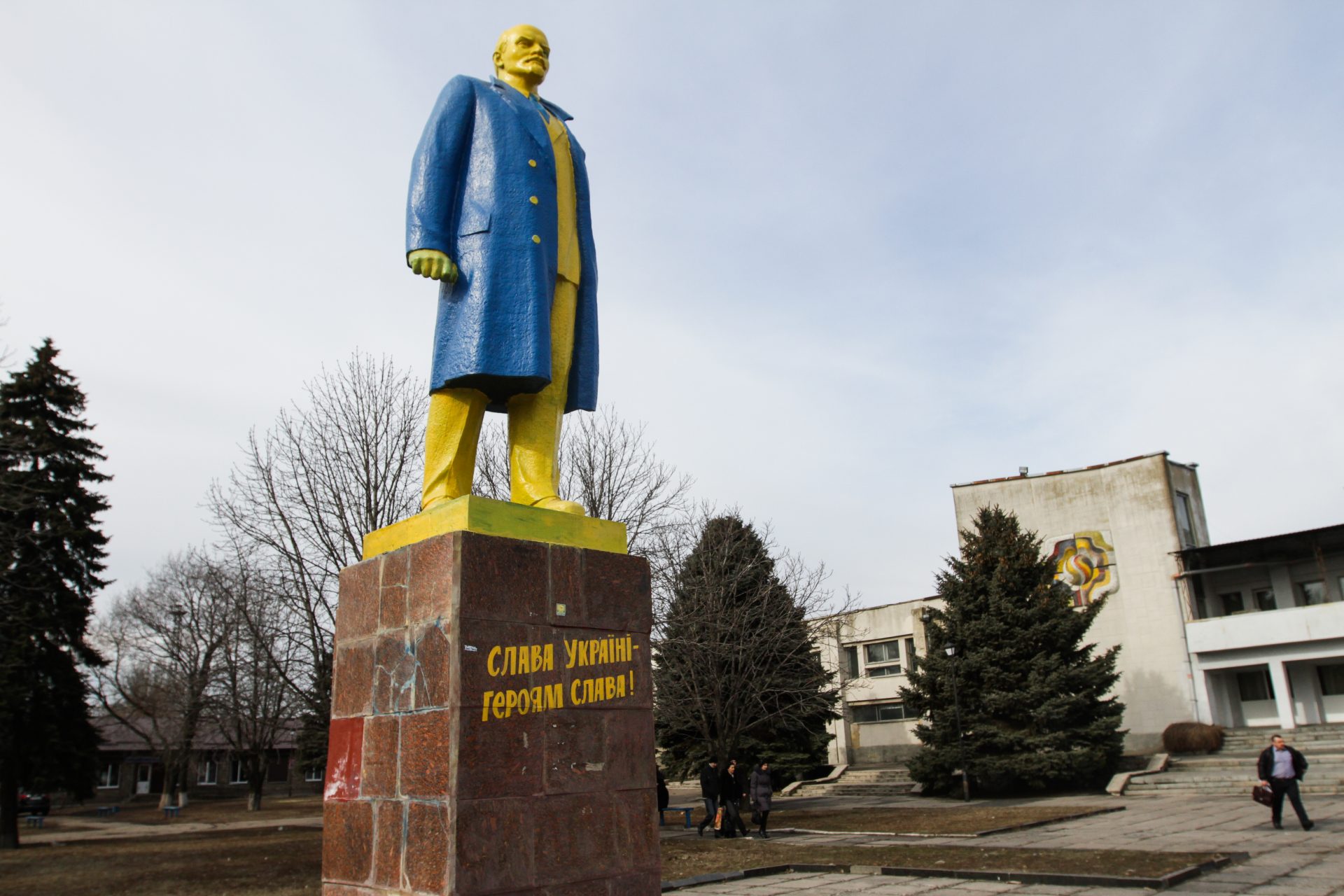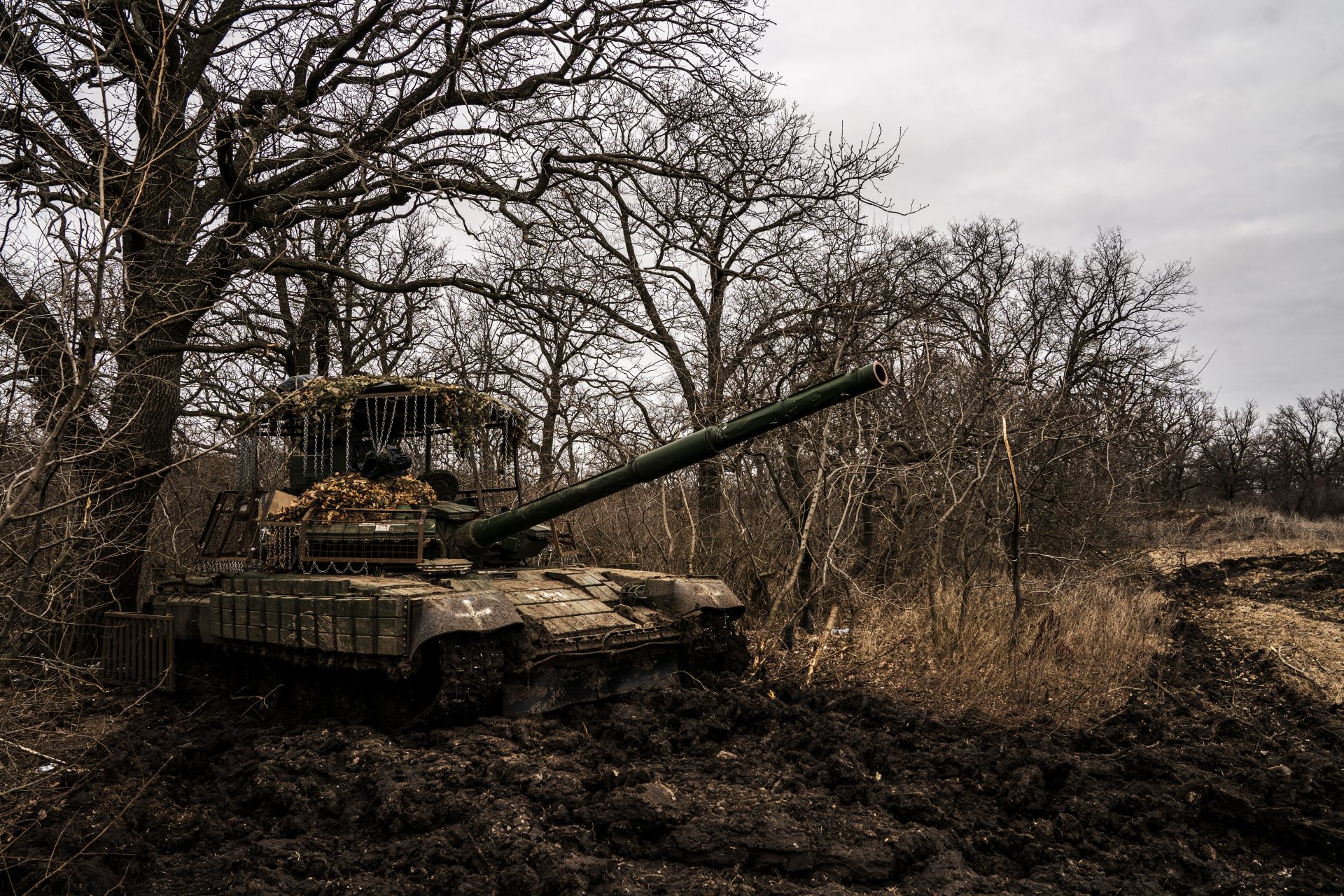Imagine an asteroid striking your city—here's what could happen
If you've seen films like 'Armageddon' or 'Deep Impact' undoubtedly you've wondered to yourself, "What really would happen if an asteroid were to hit Earth?" or even worse, if it hit close to your city or town.
Even though it might seem like something we don't need to worry about, there are some people that have to consider these possibilities. Some at NASA take this possibility very seriously.
In 2022 humanity had its first attempt at knocking an asteroid off course with a spacecraft. NASA's DART mission was to test whether we could defend our planet from a cosmic crash.
Every day, space agencies track the solar system to survey the hundreds of thousands of asteroids that cross it, paying close attention to calculate if any of them could collide with our planet.
Photo: Pexels - Alex Andrews
Neal Agarwal has recreated several scenarios on an Asteroid Simulator on his website Neal.fun. It demonstrates the consequences of an asteroid collision anywhere in the world.
Photo: Unsplash - Tim Mossholder
The simulator allows you to choose the type of asteroid: iron, stone, gold, carbon, or a comet (made of ice). You can program its diameter between 3ft and 1 mile. It also has different speed options ranging from 1.000 mph to 250.000 mph or the angle of impact.
Photo: Unsplash - Bryan Goff
Finally, the user only has to choose a point on the map to launch the asteroid. The simulator will then animate several different results, from the size of the crater to the resulting earthquake's magnitude.
Photo: Unsplash - Chase O.
The simulation is based on the research of Dr. Gareth Collins and Dr. Clemens Rumpf, who specialized in studying asteroid impacts. The results are reliable and an excellent source for learning about the universe.
Photo: Unsplash - Nurhadi Cahyono
Like an atomic bomb, an asteroid event creates different waves and consequences upon impact: a crater, followed by a fireball, a shockwave, intense winds, and earthquakes. The simulator measures all of them and provides data on the number of deaths and the affected radius.
Photo: Unsplash - Ybrayym Esenov
In every category, the simulator explains the derivated consequences of each event, whether the direct impact and crater create a tsunami or the shock wave collapses buildings.
Photo: Unsplash - Miles Iwes
This list shows examples of how it would look if an asteroid hit certain cities. For the demonstration, the simulator launched a mile-long gold asteroid at a speed of 250.000 mph.
Photo: Unsplash - Rowan Freeman
More than 13 million people would vaporize in the crater if an asteroid this size hits New York City. However, the total aftermath would result in hundreds of millions of deaths. The shockwave would reach the Dominican Republic in the south, Dallas in the west, and Hudson Bay (Canada) in the north.
Photo: Asteroid Launcher
If this fireball of an asteroid were to strike in Mexico City, it would kill more than 40 million people. It could reach most of the country and Honduras in the south.
Photo: Asteroid Launcher
When the simulator targets Dallas, on the other hand, it shows a shockwave that would affect most of North America, practically destroying all the buildings and houses in the US and Mexico.
Photo: Asteroid Launcher
The crater in Toronto would be 70 miles wide. It would kill an estimated 5,841,220 people.
Photo: Asteroid Launcher
If an asteroid were to hit the coast of Sao Paulo, the resulting shock wave would destroy most South America. It would cause a 1.1-mile-tall tsunami, on top of vaporizing almost 3 million people in the crater.
Japan would disappear entirely under the fireball if our asteroid hit the Tokyo bay. The resulting crater would also start a 1.1-mile-tall tsunami.
Photo: Asteroid Launcher
Hong Kong would be under a wind wave with a peak speed of 16,149 mph. It would kill more than 250 million people and affect Myanmar, Thailand, Malaysia, and the Philippines.
Photo: Asteroid Launcher
The impact of an asteroid in Paris would have repercussions in a dozen European countries, including Poland, the UK, and Italy.
Photo: Asteroid Launcher
The impact in Madrid would cause a 9.7-degree earthquake that would be felt more than 473 miles away, affecting all of Portugal and part of the north of Africa.
Photo: Asteroid Launcher
Almost all East Africa would be destroyed if the asteroid hit Nairobi, Kenya. The shockwave would kill more than 27 million people, and nearly 3 million would be vaporized in the crater.
Photo: Asteroid Launcher
The simulator allows the user to choose any city in the world or even the middle of the ocean. Get creative and learn what would happen if an asteroid of any size or composition hits your city.
Photo: Unsplash - Pierre Yves Burgi
More for you
Top Stories



































